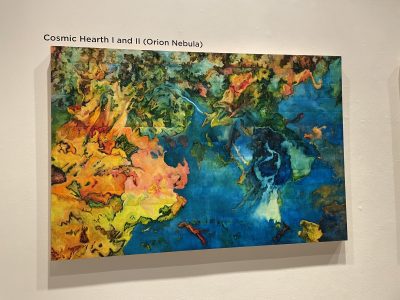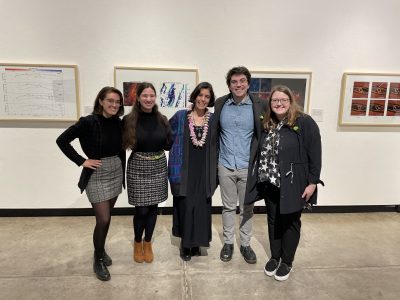Galaxy clusters are the most massive objects in the Universe: a single cluster contains anything from a hundred to many thousands of galaxies, alongside collections of plasma, hot X-ray emitting gas, and dark matter. These components are held together by the cluster’s own gravity. Understanding such galaxy clusters is crucial to pinning down the origin and continuing evolution of our universe. An article recently published in Proceedings of the National Academy of Sciences describes using of machine learning algorithms to solve a fundamental problem in astrophysics: inferring the mass of galaxy clusters. “Measuring how many clusters exist, and then what their masses are, can help us understand fundamental properties like the total matter density in the universe, the nature of dark energy, and other fundamental questions,” says co-author and UConn Professor of Physics Daniel Anglés-Alcázar.
For more information about the research, check UConn Today article at https://today.uconn.edu/2023/04/astrophysicists-show-how-to-weigh-galaxy-clusters-with-artificial-intelligence/
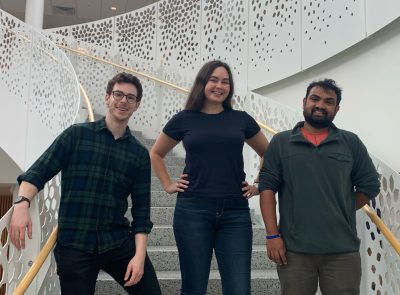
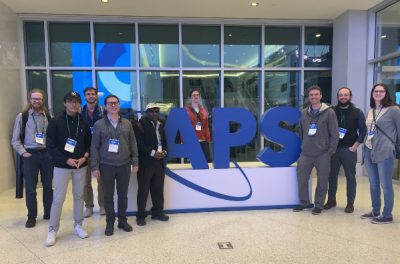
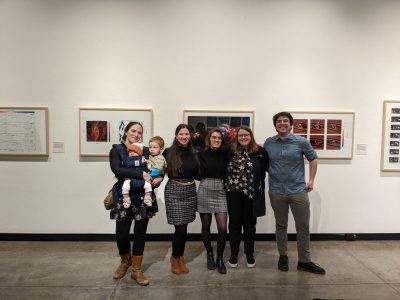 h group,
h group, 